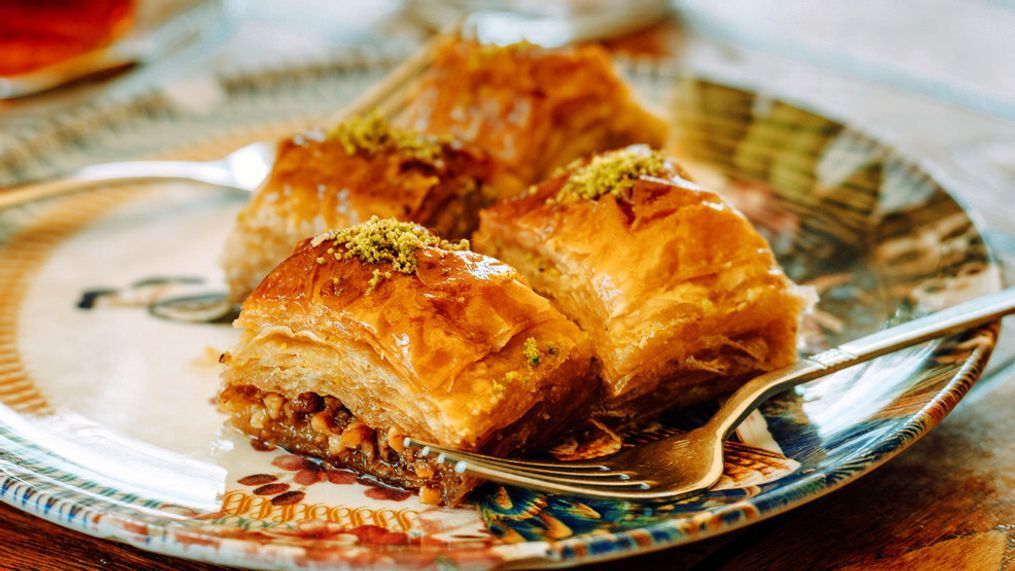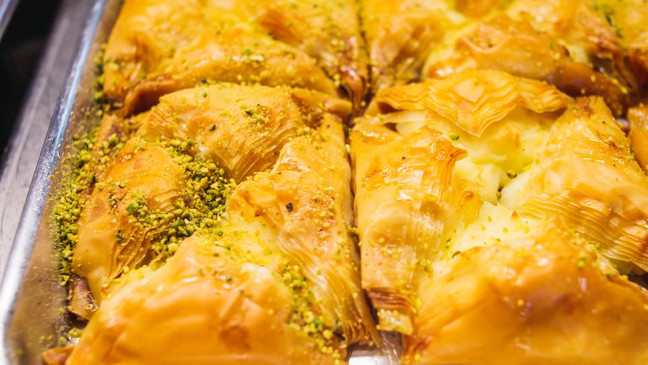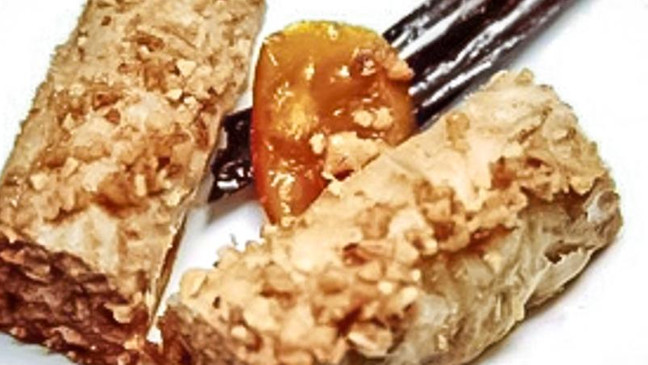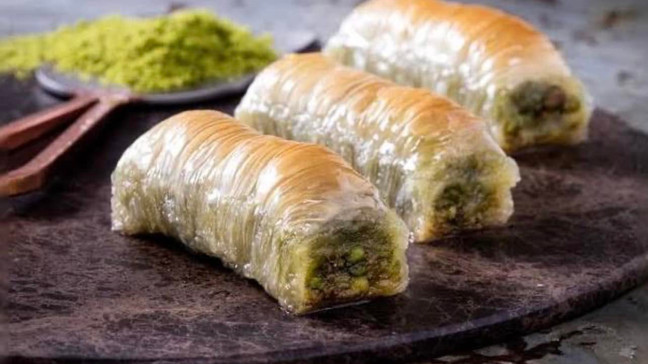Where to find the best baklava in town #NationalBaklavaDay
SAN ANTONIO – Happy National Baklava Day! This delectable pastry made with layers of phyllo dough, chopped nuts, and sweetened with a honey syrup. Baklava is a rich and decadent dessert with a long and fascinating history, believed to have originated in the kitchens of the Byzantine Empire.
JOIN THE CONVERSATION: CLICK HERE to tell us where to find the best baklava in town
Baklava is often enjoyed with a cup of hot coffee or tea, and it can also be paired with a glass of sweet wine or liqueur.
Baklava in San Antonio
A whole lot of commenters like Mina and Dimi’s Greek House.
“Hands down. Mina and Dimi's Greek House. Amazing food, incredible staff. Everything from the menu is fantastic,” commented Ledette Ledette.
Suky Lozano says, “Baklovah Bakery, all their pastries are delicious.”
Randy Benavidez agrees, “Baklovah Bakery & Sweets off of Wurzbach and I-10.”
“That homemade is the best,” commented Em M Gar.
"Chef’s Table - Straight from Turkey," said Veronica Dangel.
History of Baklava
Baklava spread throughout the Mediterranean and beyond, becoming a beloved treat in many cultures.
The origins of baklava can be traced back to the ancient Greeks, who enjoyed a similar pastry called kataifi. The Romans adapted this recipe, calling it libum, and it eventually spread throughout the Byzantine Empire. During the Ottoman Empire, baklava became a popular dessert, and its preparation was refined and perfected.
How Baklava is Made
Baklava is made with layers of thin phyllo dough, which is brushed with melted butter or ghee. Between the layers of phyllo dough, chopped nuts, such as pistachios, walnuts, or almonds, are sprinkled. The pastry is then baked until the phyllo is golden brown and crispy. Once baked, a hot syrup made with honey, lemon juice, and spices is poured over the baklava, allowing the syrup to soak into the layers of dough and nuts.
Phyllo dough, also known as filo dough, is a very thin unleavened dough used in various pastries, particularly in Middle Eastern and Balkan cuisines. It is characterized by its extremely thin sheets and flaky, crispy texture when baked. Phyllo dough is made with simple ingredients: flour, water, and a small amount of oil or vinegar. The dough is then stretched or rolled to an incredibly thinness, almost translucent, and often brushed with oil or butter before layering.
Cultural Significance of Baklava
Baklava holds significant cultural importance in many parts of the world, particularly in the Middle East and Mediterranean regions. It is often served during special occasions and celebrations, such as weddings, holidays, and religious festivals. Baklava is also a popular gift, and it is often exchanged among friends and family.





